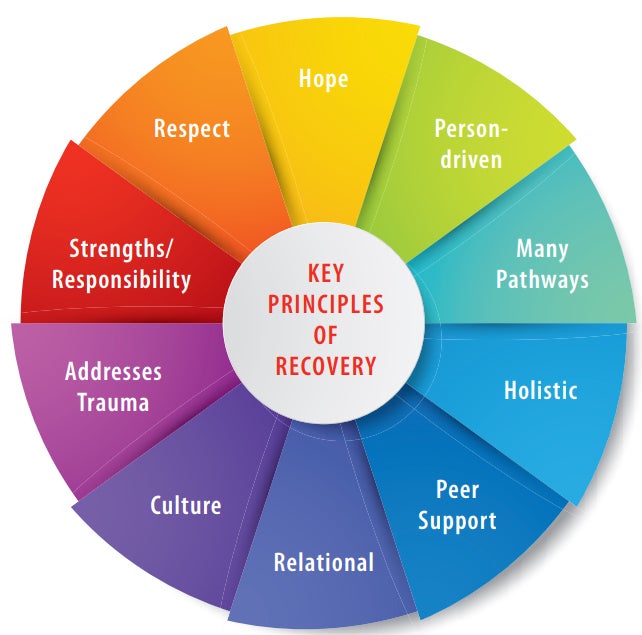Trauma Response & Recovery
 Physical injury is only one part of trauma.
Physical injury is only one part of trauma.
People can feel all kinds of different emotions after trauma.
They may be positive — calm, relaxed, grateful and loved; or negative — scared, anxious, numb, sad and worried.
Remember, everyone’s response to trauma is different and no response is ‘right’ or ‘wrong’.
Your reaction to trauma can also be positive:
- Better relationships with family & friends
- Personal growth
- Improved outlook on life
You may also experience upsetting dreams, nightmares or memories, feel down, depressed or hopeless, feel distant or cut off, have difficulty sleeping or feel jumpy or easily startled.
You may also find you have headaches, stomachaches or other physical pains unrelated to your injury or find that you start or increase alcohol or drug use after trauma.
Although these responses are common after trauma, learn when and how to ask for help.
Contact your health care provider if any of these symptoms or feelings interfere with your daily activities or if they last more than several days in a row. Trauma recovery is real. Your recovery may not always follow a “straight line,” but be patient with yourself and follow your progress over time.
Everyone’s road to recovery is different but is rooted in the following:
- Safety and stability
- Psychological processing of the trauma and physical healing
- Empowerment and self-determination
- Relationships, peers and social networks
- Whole-person healing including physical, emotional and mental health
- Respect for your culture, background, experiences and community resources